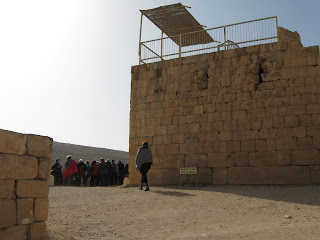I prefer cleaning agents that are cheap, simple, good for additional uses too. I like them in liquid and powder form, less in spray form. My favorites are: white vinegar , lemon (both juice and peel), baking soda, and, for durer, larger surfaces, commercial Calinda sanding powder.
basic cleaning agents
I always have lemons in the kitchen, not only for culinary and cleaning uses, but also for a sore throat condition. I drink some undiluted lemon juice and it immediately clears up my aching throat.
The vinegar has 5% acetic acid. It can be used in foods and as a folk medication (ear canal infection). I use it only in cleaning and as a relief from insect bites.
white vingar
Calinda sanding powder
economical 3-pack Calinda
An essential cleaning tool for me is the toothbrush. It helps me reach tight spaces and corners. I use cheap toothbrushes that I buy at the dollar store in packs of six. (Of course, I use several other kinds of brushes and also pieces of cloth to assist me in my cleaning job.).
6-pack toothbrushes
Our Passover holiday starts at the end of the month, and that requires additional preparations; not just cleaning and renewing, but removing any speck of 'chametz' (leavened food). I don't belong to those who observe strictly. I do the essentials only, and even that takes a lot of time and effort.
Let's hope for a happy Spring and Passover!























































